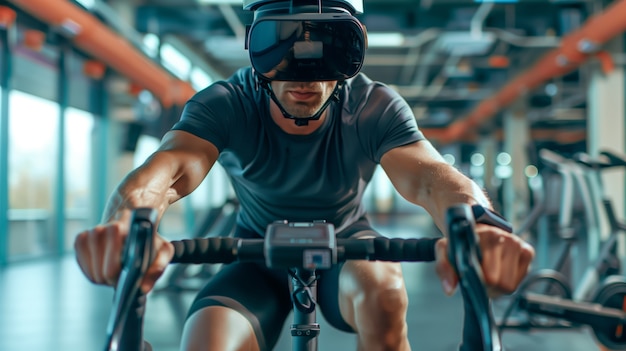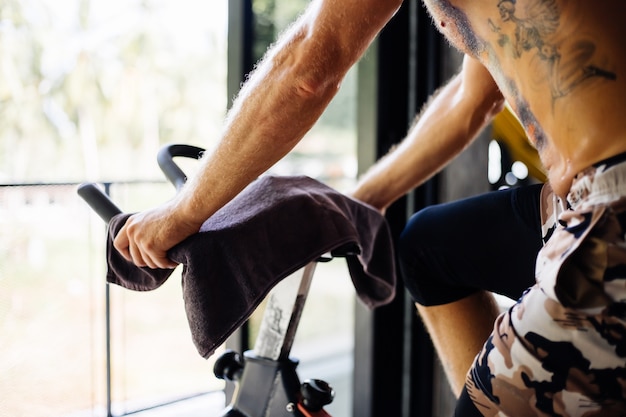Cyclists are always searching for the most effective ways to improve endurance, speed, and overall fitness. But one often overlooked benefit of training is stress reduction. In the debate between high-intensity interval training (HIIT) and steady-state cardio, which approach is better for lowering stress—especially for those who spend hours in the saddle?
Let’s break down the science, benefits, and practical applications of both training styles to help you make an informed decision tailored to your cycling goals and mental well-being.
High-Intensity Interval Training (HIIT) involves short bursts of maximal effort followed by brief recovery periods. A typical cycling HIIT session might include 30 seconds of sprinting followed by 90 seconds of easy pedaling, repeated for 20–30 minutes.
In contrast, steady-state cardio—often referred to as Zone 2 or low-intensity steady-state (LISS)—involves maintaining a consistent, moderate effort for a longer duration. For cyclists, this could mean a 60- to 90-minute ride at a conversational pace, where heart rate stays within 60–70% of maximum.

Exercise impacts the body’s stress systems in complex ways. HIIT triggers a significant release of stress hormones like cortisol and adrenaline during the workout. While this acute stress is beneficial for adaptation and performance, repeated sessions without adequate recovery can lead to chronic stress, fatigue, and burnout—especially in endurance athletes.
Steady-state cardio, on the other hand, promotes parasympathetic nervous system activity—the 'rest and digest' mode. This type of training helps regulate cortisol levels over time, improves heart rate variability (HRV), and supports mental clarity and emotional balance.
Pros:
Cons:
For cyclists, steady-state cardio isn’t just about building aerobic base—it’s a powerful tool for mental recovery. Riding at a moderate, sustainable pace allows you to disconnect from daily stressors, focus on breathing, and enjoy the rhythm of the ride.
Research shows that consistent Zone 2 training improves mitochondrial efficiency, enhances fat metabolism, and supports long-term endurance—all while keeping the nervous system balanced. This makes it ideal for reducing chronic stress and preventing overtraining.

The answer isn’t choosing one over the other—it’s strategic integration. Here’s how to adapt both methods based on your goals and stress levels:
If you’re feeling mentally drained, sleep-deprived, or coming off a hard training block, focus on 2–4 steady-state rides per week. These sessions build aerobic capacity without taxing your nervous system.
Incorporate 1–2 HIIT sessions weekly during peak training phases. Limit sessions to 20–30 minutes and ensure at least 48 hours of recovery between them. This prevents cortisol overload while boosting power and VO2 max.
Track metrics like resting heart rate, HRV, and perceived exertion. Elevated stress markers? Swap a HIIT session for a long, easy ride. Feeling strong and recovered? A sprint interval session could be just what you need.
For cyclists aiming to reduce stress while improving performance, steady-state cardio offers a more sustainable and calming benefit. HIIT has its place—but it should be used strategically, not daily.
By blending both approaches—emphasizing Zone 2 for recovery and mental clarity, and using HIIT to sharpen performance—you’ll create a resilient, balanced training plan that supports both body and mind.

Fitness

Fitness

Fitness

Fitness

Fitness

Fitness

Fitness

Fitness

Fitness

Fitness

Fitness

Health

Health

Fitness

Health

Health